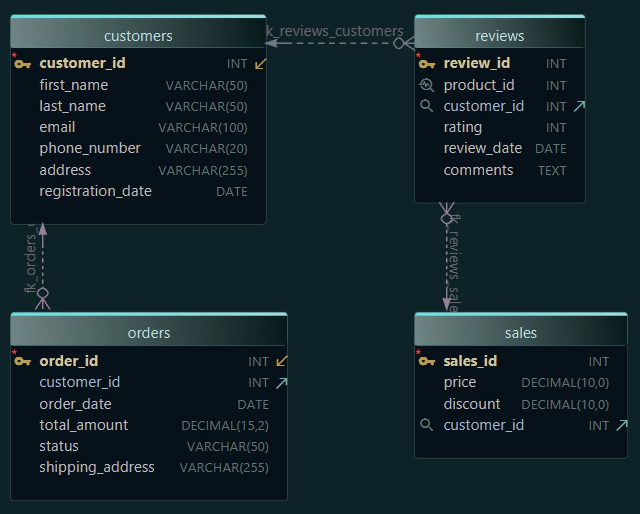DBeaver Alternative in 2025 - DbSchema for Database Design
Introduction
You may already know DBeaver. It’s one of the most popular database tools. It works with many databases, has a good SQL editor, and lots of developers use it every day.
But here’s something important: DBeaver is not the only tool you can use. There are others like Navicat, dbForge, DataGrip, and also DbSchema.
In this article, I’ll show you DbSchema.
It’s a tool that works differently - it focuses more on visual design, diagrams, and teamwork. If you like to see your database instead of just writing code.
Why Look at Alternatives?
Think of it this way: not every developer works the same way.
- Some are happy just writing SQL queries.
- Others prefer to see the database visually with diagrams.
- Teams often want to share their work and keep everyone on the same page.
- Almost everyone struggles with keeping documentation up to date.
- Many want to see related data easily, without writing complex joins.
- Some need to quickly generate HTML5 documentation they can share in a browser.
That’s where DbSchema helps. It brings all of these features together in one place
What is DbSchema?
DbSchema is a tool for designing, exploring, and documenting databases. You can use it with both SQL (like PostgreSQL, MySQL, Oracle, SQL Server) and NoSQL (like MongoDB).
The main idea is simple: instead of only typing commands, you see your database as a diagram. You can still write SQL if you want, but the diagram makes it easier to understand the big picture.

Key Features of DbSchema
1. Visual Schema Design
You can draw your database like a map.
- Create tables by clicking, not just by typing.
- Connect them with foreign keys by drawing lines.
- Organize big databases into multiple diagrams.

2. Git Integration for Teams
Just like code, databases change over time. DbSchema lets you save your design in Git.
- Work on a branch.
- Share with teammates.
- Merge changes and keep everything in sync.

3. Interactive Documentation
Every database needs documentation, but writing it by hand is time-consuming.
DbSchema can generate it for you in HTML5 format.
- It includes your diagrams.
- Table details (columns, indexes, foreign keys).
- Even the comments you added.
- Double-click on a table header for complete details.
Your team can open it in any browser, no software needed.

4. Schema Synchronization
Sometimes the database and your design get out of sync.
DbSchema can compare your model with the real database and show what’s different.
You choose what to update - the design, or the live database.

5. Data Tools
Besides diagrams, DbSchema also helps with data:
- Data Explorer -> see your data without writing long queries.
- Data Generator -> create fake data for testing.
- SQL Editor -> run queries with autocomplete and formatting.

Who is Using DbSchema?
- Developers who like to design visually instead of typing everything.
- Teams that want to use Git and keep documentation up to date.
- Companies managing different kinds of databases.
- Students learning databases -> the diagrams make it easy to understand.
Other Alternatives You Might See
DbSchema isn’t the only option. Some other tools are:
- Navicat – great for data management, less for visual design.
- dbForge – strong SQL editing, focused on Microsoft and MySQL.
- DataGrip – IDE-like, powerful for developers, but no built-in diagrams like DbSchema.
Here’s a quick table:
| Feature | DBeaver (Community) | Navicat | DataGrip | DbSchema |
|---|---|---|---|---|
| Works with many databases | Yes | Some | Some | Yes |
| Visual schema diagrams | Limited | Yes | Yes | Yes (multi-diagram) |
| Git integration | Enterprise only | No | No | PRO Edition |
| Documentation generator | Basic | Limited | No | Full HTML5 docs |
| Data exploration | SQL only | Yes | Yes | Visual Explorer |
| Free trial available | Yes | Yes | Yes | Yes |
Conclusion
DBeaver is a great tool, but it’s not the only one.
If you want to see your database visually, work with your team using Git, and have always up-to-date documentation, then DbSchema is a tool you should try.
Download DbSchema free and see how it works for you.







